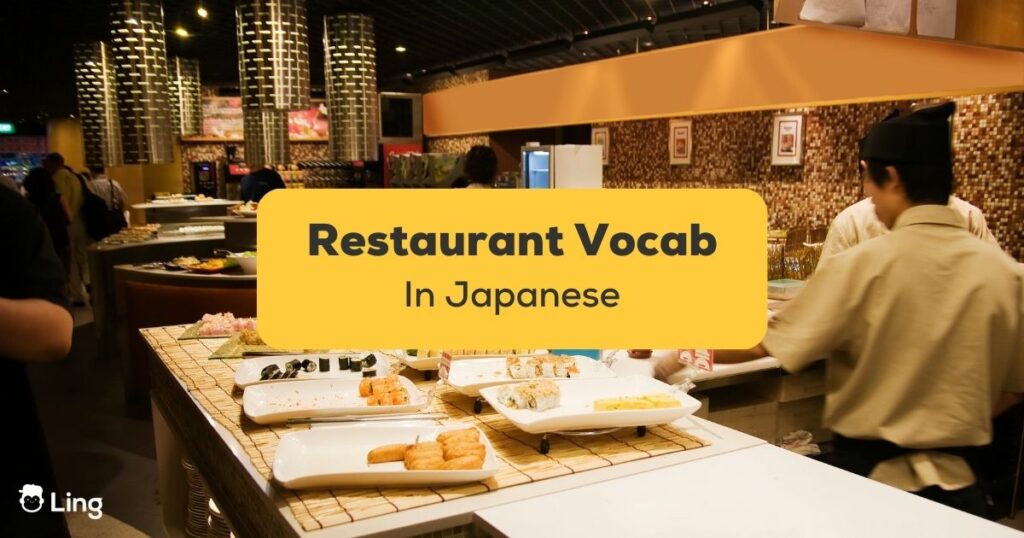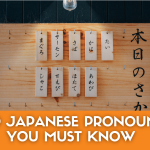13+ Must-Know Japanese Vocabulary For The Restaurant For An Easy Time In Japan
It is your first time in Japan and you are not the most fluent Japanese speaker, but you are starving. You want to eat out at a local Japanese restaurant but there is a problem, the language barrier!
Relax! You don’t have to speak Japanese fluently to find your way around at Japanese restaurants. You just need to know the Japanese vocabulary for the restaurant if you want to have an easy experience in Japan. Now, let’s learn what are those essential Japanese phrases in this article!
Page Contents:
- Entering The Restaurant
- Ordering From The Menu
- While Eating
- Paying The Bill And Leaving The Restaurant
- Start Learning Japanese With Ling!
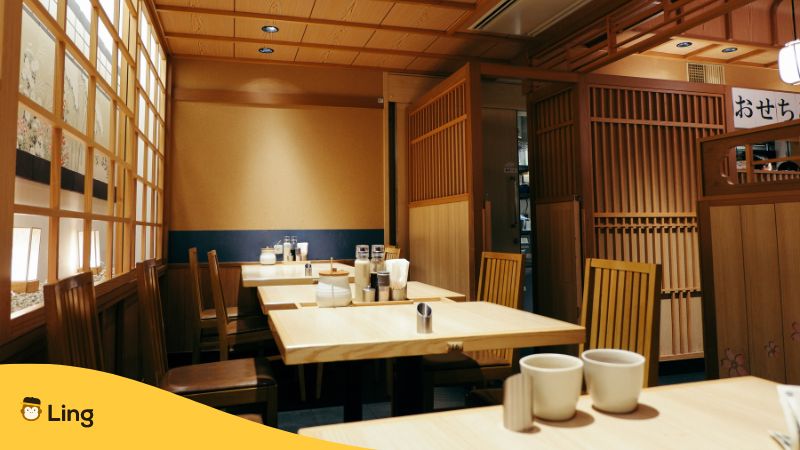
Entering The Restaurant
First things first, you need to learn what to say when entering a restaurant to make a good impression as a foreigner. So, here are the common Japanese restaurant phrases you’ll use.
1. Excuse Me – すみません (Sumimasen)
You should say “sumimasen” to get the waiter’s attention when you enter the restaurant. Otherwise, it may take some time for them to notice you. This phrase is also a good conversation starter if you want to ask something to a Japanese person.
2. For Two – ふたりです (Futari Desu)
If you are dining out with a friend you should reserve a table for two. You should say “futari desu” in Japanese to get a table for two people.
However, if you have more than one company or no company. You can say these versions below to get a suitable table for yourself. It’d be better if you knew Japanese numbers in this case but if you don’t, you can always read our previous articles about numbers in Japanese.
| English | Japanese | Romanji | Pronunciation |
|---|---|---|---|
| One person | 1人です | Hitori desu | |
| Two people | 2人です | Futari desu | |
| Three people | 3人です | Sannin desu | |
| Four people | 4人 です | Yonin desu |
In most Japanese cafes and family restaurants, smoking and non-smoking seating areas are separated. So, don’t forget to specify your preference.
| English | Japanese | Romaji | Pronunciation |
|---|---|---|---|
| The smoking table, please. | 喫煙席をお願いします | Kitsuenseki o onegai shimasu | |
| The non-smoking table, please. | 禁煙席をお願いします | Kinenseki o onegaishimasu |
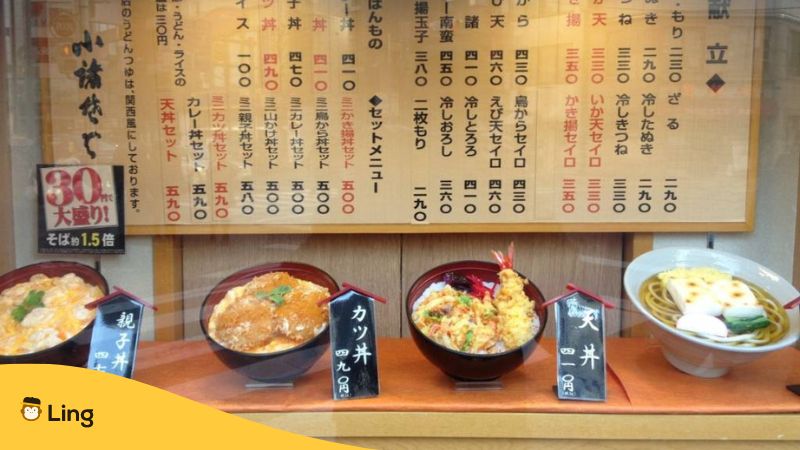
Ordering From The Menu
It is okay to get a waiter’s attention by raising your hand and saying “sumimasen” at a decent volume. It’s also possible that the staff circle around your table and wait for you.
3. Do You Have An English Menu Available? – 英語のメニューはありますか (Eigo no menyu- wa arimasu ka)
The best thing to ask first is whether they have an English menu available or not. Because if they have, it will save you from trouble and make the process much easier.
You can use a similar phrase to ask for a vegetarian menu.
| English | Japanese | Romaji | Pronunciation |
|---|---|---|---|
| Do you have a vegetarian menu? | ベジタリアンメニューはありますか | Bejitarianmenyu- wa arimasu ka |
4. What Is This? – それは何ですか (Sore wa nan desu ka)
In the absence of an English menu, you may want to learn about the food you see on the Japanese menu. Specifically, pictures of dishes that look appealing. In this case, you can simply ask “sore wa nan desu ka” while pointing to the food.
5. I’d Like To Order. – 注文をお願いします (Chūmon o onegaishimasu)
Once you’ve made a decision, it’s time to order. You can say “Chūmon o onegaishimasu” to order food.
6. I Would Like Some Fried Chicken, Please. – 唐揚げをお願いします (Karaage o onegaishimasu)
When ordering food or drink, the phrases are very similar, so this should be a little easier to master. You can use this sentence as an example to order food.
If you want to learn about popular Japanese foods read our previous article and decide which one looks the best for you! You’ll see many tasty foods from yakitori to udon with thick noodles, sushi and so much more!
7. This One, Please. – これください (Kore kudasai)
If you are not sure how to pronounce the name of the food you want to order. You can simply point it out and say “kore kudasai.” I’m sure the waiter will understand what you want easily.
If you follow a special diet or you’re allergic to something, you can say “…は食べられません (…wa taberare masen).” It means “I can’t eat…” Just put the ingredient you don’t want to eat before wa.
Here are some other phrases you can use in this case.
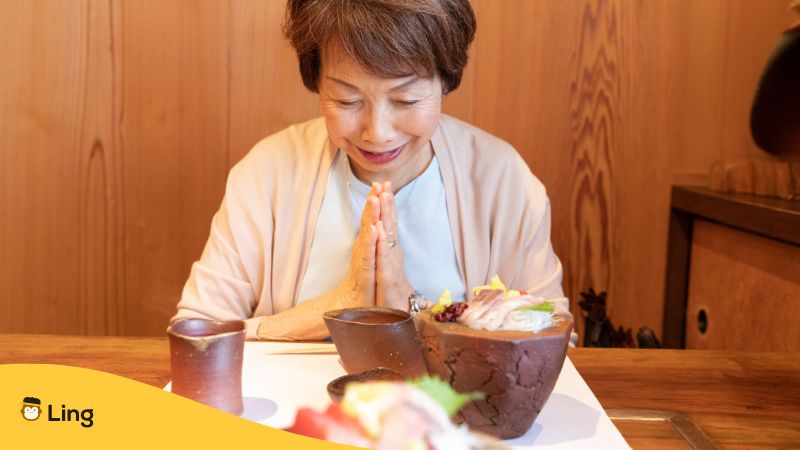
While Eating
Here are the two most common expressions that Japanese people use while eating. These phrases express gratitude and appreciation for the food in a polite and humble way.
8. Thank You – ありがとう (Arigatō)
If there is one Japanese word you must know during your whole Japan trip; it is “arigatō” which means thank you. You can use this word everywhere. But in this case, you should say it to thank the waiter.
9. I Humbly Receive – 頂きます (Itadakimasu)
This Japanese word may mean nothing to English speakers as there is no equivalent for it. Though, it is usually translated as bon appetite or let’s eat. However, when we translate it literally, it means “I humbly receive.” Japanese people say this word before they start eating.
10. Thanks For The Food – ご地租様でした (Go chiso sama deshita)
Once you finish eating your food, you can say “go chiso sama deshita” which means thanks for the food.
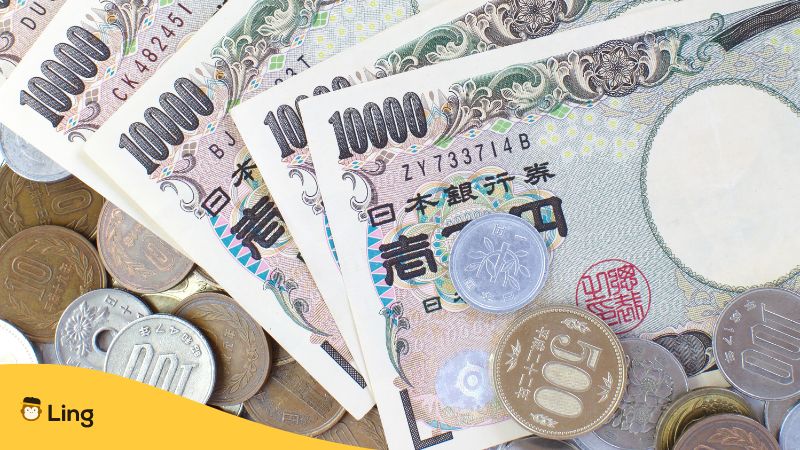
Paying The Bill And Leaving The Restaurant
Here are the Japanese phrases you need to pay the bill and leave the restaurant properly.
11. Check Please – お会計お願いします (O kaikei onegaishimasu)
You can ask for the bill with this phrase. Once the waiter hands you the bill, you may feel intimidated because of the Japanese writing system which you’re not used to seeing on a bill.
12. Let’s Split The Bill – 割り勘しよう (Warikan shiyou)
If you are with a group of friends at the restaurant you may want to split the bill and pay separately. In this case, you can say “warikan shiyo.”
13. Goodbye – さようなら (Sayōnara)
Last but not least, you should say “sayonara” to leave with your best attitude. It’s always polite to use Japanese greetings whenever you enter or leave a place.
Even though you’ve learned what to do at a Japanese restaurant with the help of this article. Wouldn’t it be great if you learned more Japanese words and phrases to enhance your experience in Japan? If you want to learn Japanese in a fast and practical way, give Ling a try!
Start Learning Japanese With Ling!
If you want to learn Japanese or another new language among the 60+ languages offered in the app, Ling is here for you!

Ling offers easy Japanese lessons that you can learn at your own pace. Just grab your iOS or Android device right now and head to Google Play Store or Apple App Store to download it. Bit-sized lessons, puzzles, and AI chatbots to practice real-life conversations are just some of the interactive activities of Ling.
Many Japanese learners use Ling to improve their language skills, so why not join them? Download Ling, and get ready to speak Japanese soon!
Plus, don’t forget to visit our Japanese blog weekly to learn more about the Japanese language and culture!
Until next time, じゃあまたね!
